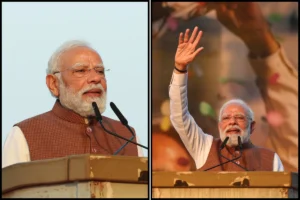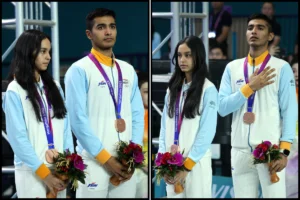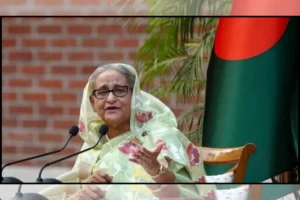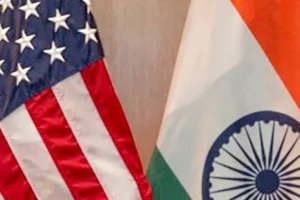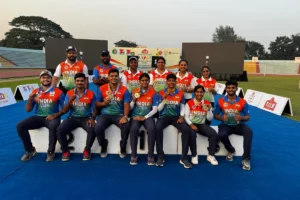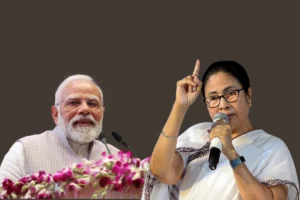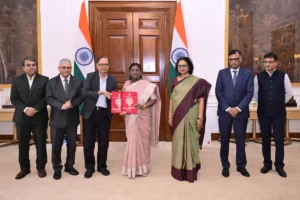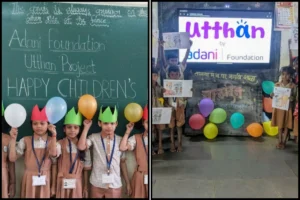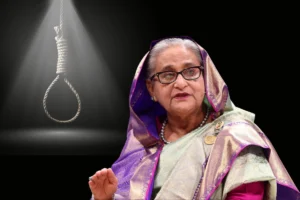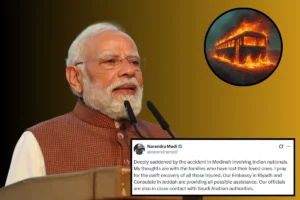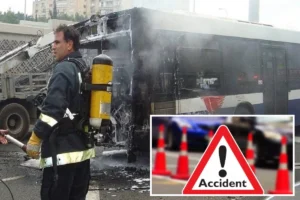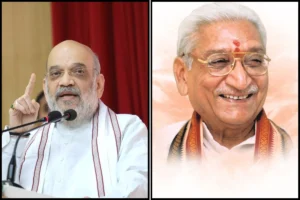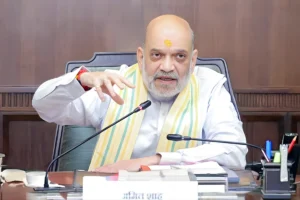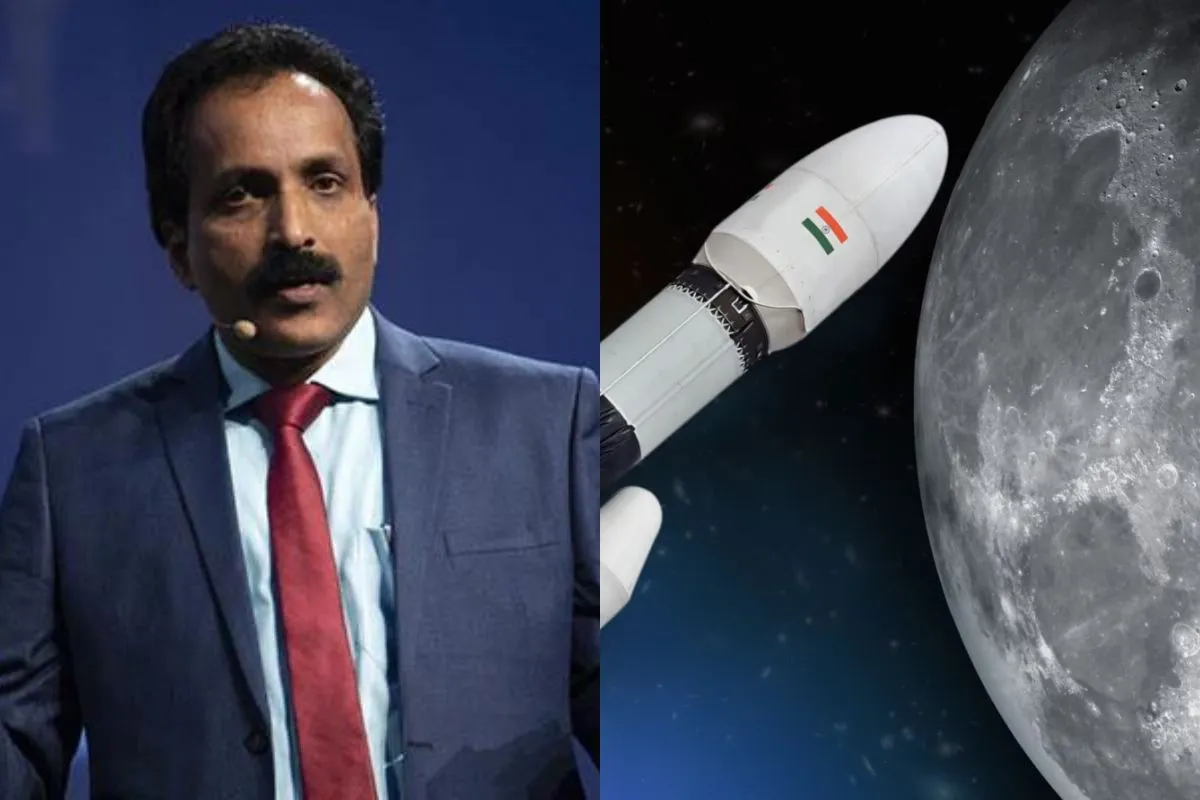
ISRO Chief S Somnath
23rd of August, the golden day in the history of India’s space research organization – ISRO. This marked the success of the most promising space mission of India – Chandrayaan 3. It was India’s third attempt to moon which was not only successful but historical. The mission had to face a lot of odds and issues like the Covid-19 Pandemic but it managed to jump over every single hurdle and it made it to the finish line. ISRO Chief S Somnath revealed a lot of ‘behind the scenes’ of the moon mission in an interview.
Chandrayaan 2’s failure was hard to recover from
India became the first nation to successfully land a spacecraft close to the south pole of the moon after Russia’s failed attempt at a lunar touchdown in the same region due to an engine problem.
India attempted to land a spacecraft on the moon’s surface for the third time. After Chandrayaan-2’s lunar lander crashed in September 2019, the mission was classified as partially unsuccessful. Since Chandrayaan-2 made a rough landing, according to ISRO Chief S Somanath, they were unable to recover anything and had to start from scratch.
“Everything had to be done fresh for this mission. From Chandrayaan-2, we could not recover anything from the moon,” S Somanath told in an interview. “The first year was spent figuring out what went wrong with Chandrayaan-2, the next year we revised everything. The last 2 years we conducted tests,” he added.
Covid 19 hit Chandrayaan 3 as well, revealed ISRO Chief S Somnath
He added that the COVID-19 epidemic had a severe impact on the space research organization. “Covid upset some of our programmes. But we were still launching some rockets. Post-Covid, we are back on track,” says Mr Somanath.
ISRO Chief S Somnath: Chandrayaan 3’s success is special as…
The achievement of Chandrayaan-3 is noteworthy since no previous spacecraft has ever been able to make a soft landing close to the South Pole of the moon. The south pole is full of craters and deep pits and lies far from the equatorial region that was the objective of earlier missions, including the crewed Apollo landings.
The Chandrayaan-3 mission’s discoveries could increase and broaden our understanding of lunar water ice, which has the potential to be one of the moon’s most valuable resources.
Also Read: September 2: After Chandayaan-3 ISRO Set TO Launch Aditya-L1 Solar Mission
What will Vikram Lander and Pragyan Rover do…
The six-wheeled rover will conduct tests on the moon’s surface during the following 14 days. The mission life of the Vikram Lander and Pragyan Rover is 1 lunar day or 14 days on Earth. Five payloads are included in the lander module for various tasks on the Moon.
“Entire instrumentation of Chandrayaan-3 is for landing on the south pole or near the south pole. But there are a huge amount of scientific possibilities on the South Pole. They are related to the presence of water and minerals on the moon,” Mr Somanath says when asked why they picked the South Pole.
“There are many other physical processes that scientists would want to be investigated. Five of our instruments are targeted towards exploring those areas,” he adds.
To read more such news, download Bharat Express news apps








